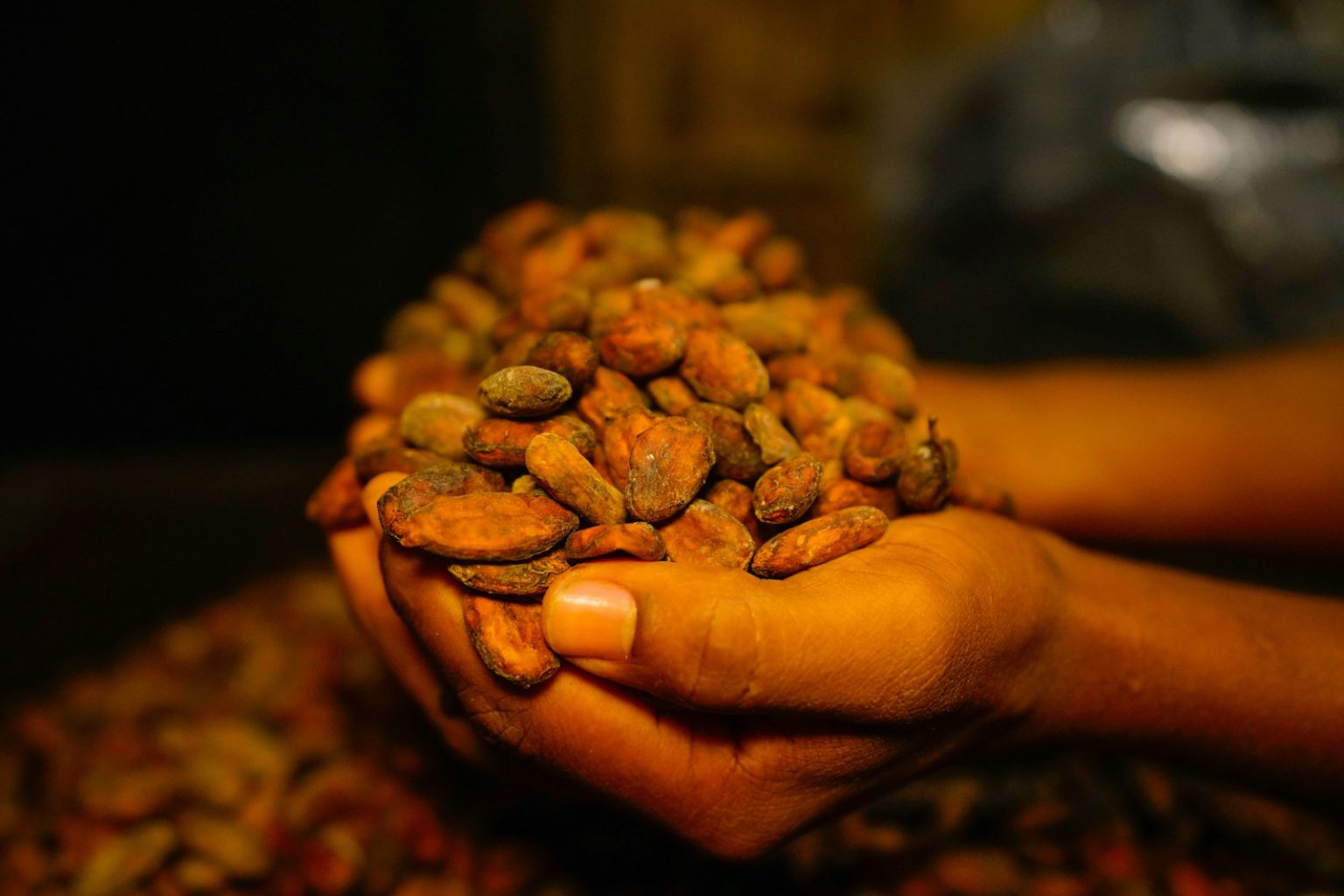Cocoa prices plunged today on projections for a larger cocoa crop in Ghana for the 2025/26 season. The Ghana Cocoa Board expects production to increase by 8.3% year-over-year to 650,000 metric tons, up from 600,000 metric tons in 2024/25. This anticipated rise in supply put downward pressure on cocoa prices.
Current cocoa inventories have also rebounded, contributing to the bearish price movements. ICE-monitored cocoa stocks held in US ports climbed to a 9-3/4 month high of 2,363,861 bags on June 18, following a 21-year low of 1,263,493 bags in January. Developments in the Ivory Coast, the world’s largest cocoa producer, also affected prices.
Government data showed Ivory Coast farmers shipped 1.698 million metric tons of cocoa to ports this marketing year, a 6.8% increase from the previous year. However, these figures are down from the much larger 35% increase seen in December. Reports of heavy rain in the Ivory Coast disrupting the mid-crop cocoa harvest have raised concerns about supply.
Cocoa crop forecasts affect prices
Quality issues with the Ivory Coast’s mid-crop cocoa, currently being harvested through September, are also supporting prices. Cocoa processors have reported rejecting truckloads of beans due to poor quality, attributing this to late-arriving rains impacting crop growth.
Smaller cocoa exports from Nigeria, the world’s fourth-largest cocoa exporter, are supportive of prices. Nigerian May cocoa exports fell by 29% year-over-year to 14,110 metric tons. Demand for cocoa and cocoa products is another critical factor influencing the market.
High cocoa prices and tariff uncertainties are weighing on major chocolate manufacturers. Barry Callebaut AG, Hershey Co., and Mondelez International have all reported weaker sales and anticipate increased costs, which could further elevate chocolate prices and affect consumer demand. Cocoa processing demand has also weakened, with grindings down in North America, Europe, and Asia in Q1.
The International Cocoa Organization (ICCO) revised its 2023/24 global cocoa deficit to 494,000 metric tons, the largest in over 60 years. However, looking ahead to 2024/25, the ICCO forecasts a global cocoa surplus of 142,000 metric tons, with production expected to rise by 7.8% year-over-year to 4.84 million metric tons.







